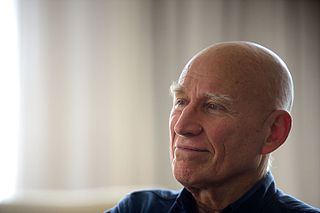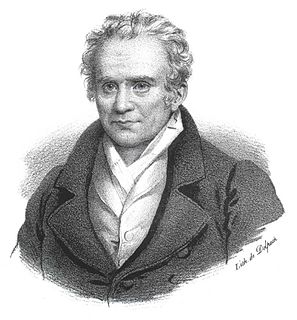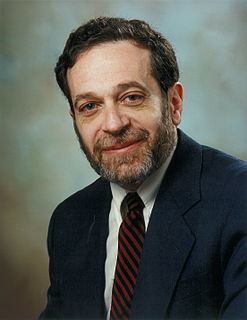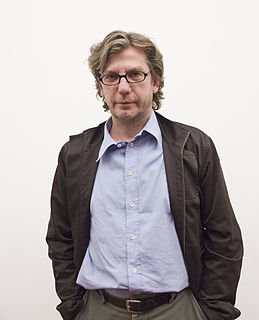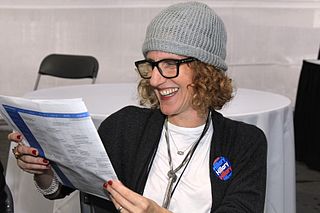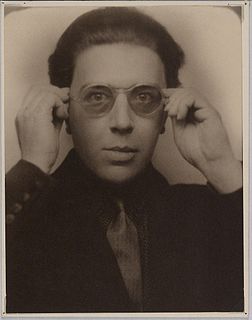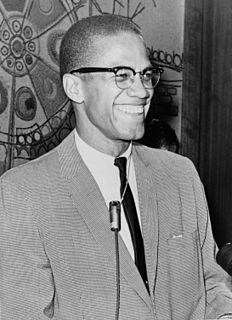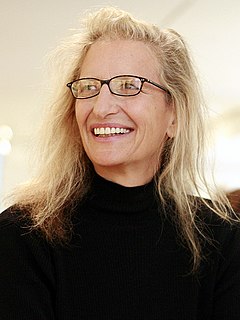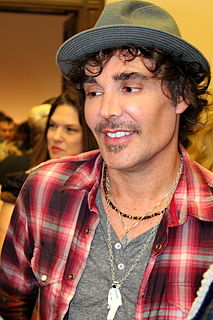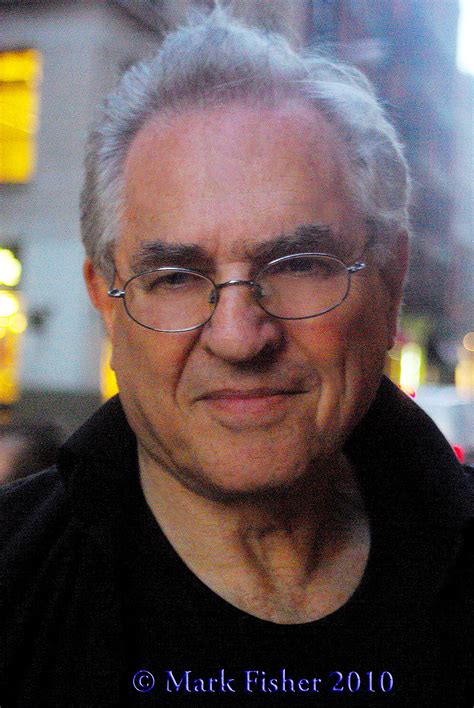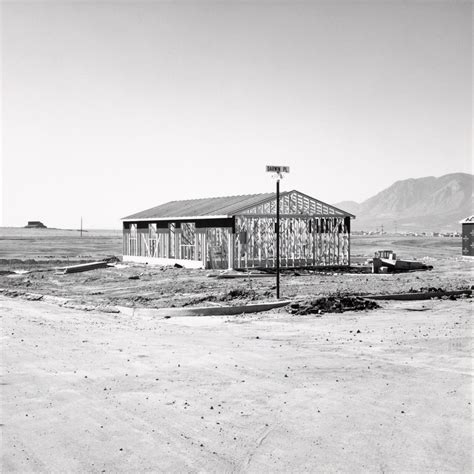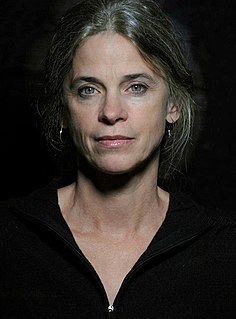A Quote by Henri Cartier-Bresson
To take photographs means to recognize - simultaneously and within a fraction of a second - both the fact itself and the rigorous organization of visually perceived forms that give it meaning. It is putting one's head, one's eye and one's heart on the same axis.
Related Quotes
To me, photography is the simultaneous recognition, in a fraction of a second, of the significance of an event as well as of a precise organization of forms which give that event its proper expression. And this organization, this precision, will always escape you, if you do not appreciate what a picture is, if you do not understand that the composition, the logic, the equilibrium of the surfaces and values are the only ways of giving meaning to all that is continuously appearing and vanishing before our very eyes.
I have a way to photograph. You work with space, you have a camera, you have a frame, and then a fraction of a second. It's very instinctive. What you do is a fraction of a second, it's there and it's not there. But in this fraction of a second comes your past, comes your future, comes your relation with people, comes your ideology, comes your hate, comes your love - all together in this fraction of a second, it materializes there.
Descriptive geometry has two objects: the first is to establish methods to represent on drawing paper which has only two dimensions,-namely, length and width,-all solids of nature which have three dimensions,-length, width, and depth,-provided, however, that these solids are capable of rigorous definition.
The second object is to furnish means to recognize accordingly an exact description of the forms of solids and to derive thereby all truths which result from their forms and their respective positions.
A fact was the hard outer cover of meaning, and meaning was the soft living stuff inside a fact. Fact and meaning were the driving cogs of living. If the gear of fact drove the gear of meaning, then they revolved in opposite directions, but put the gear of fantasy between the two and they both revolved in the same direction. Fantasy was and is important; it leads to heaven knows where, but follow it and see. Sometimes it pays off.
Organizations aren't loyal; they can't be. They have to be nimble, they have to change. That means everybody in every organization will have one eye on his or her own brand, and the other eye on the organization of which he or she is a part. And the first loyalty - self-loyalty - is becoming more and more dominant, simply as a survival strategy. I'm in no way blaming anyone here; this is just simply a fact of life.
In order that people who suffer from depression seek treatment without a second thought, the stigmas must further fall until we reach a point in time when that person with leukemia and that person with depression both receive the same level of sympathy and the same level of rigorous treatment. Both people deserve it.
Though the eye is small, the soul which sees through it is greater and vaster than all the things which it perceives. In fact, it is so great that it includes all objects, however large or numerous, within itself. For it is not so much that you are within the cosmos as that the cosmos is within you.
I think it's possible for me to approach the whole problem with a broader scope.When you look at something through an, an organizational eye, whether it's a, a religious organization, political organization, or a civic organization, if you look at it only through the eye of that organization, you see what the organization wants you to see. But you lose your ability to be objective.


